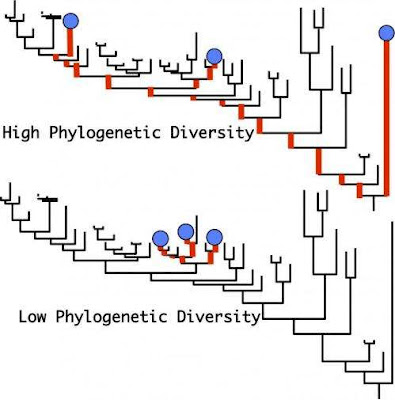Recovering Nearly Depleted Resources
We can find enough of the precious metals on the Earth's surface to last us for thousands of years. We also have sufficient sources of coal, oil, and natural gas, most of which are underground, that humanity can burn until the atmosphere becomes unbreathable. However, when we look at all these sources, two main problems emerge. First, should we unearth and use all of these resources? We can burn all the coal, oil, and natural gas we want until we increase the amount of carbon dioxide in the atmosphere above 5000 parts per million. During the time when the dinosaurs reigned our planet, there was even more carbon dioxide, so if we extract and burn all these fossil fuels, it is possible to reach the same level. But we know that if the carbon dioxide level in the atmosphere reaches 5000 ppm, we will not be able to breathe. If we decide to extract all the other minerals, the surface of our planet will belong to mining companies rather than living beings including humans.
It also became more and more expensive to extract and process all these resources. We have been extracting and using some metals and coal for almost ten thousand years. Therefore, we have already exhausted the resources that we can easily reach. Now, we have turned to resources that are more difficult to reach and most of these ores are less dense. This, of course, increases the extraction costs enormously, hence the other limit of our resource constraint.
There is actually another limit that most of us don't think much of. Today, we farm more than half of the land surface of our planet. 12% of the total surface area of our planet is devoted to agriculture, and now we are trying to farm in less and less suitable areas. Even if we take this effort to the extreme, unfortunately, the areas where we can farm cannot exceed 15% of the Earth's surface. For this reason, we have come very close to a limit in terms of agricultural production. Expansion of farmland also comes at the expense of reducing the rainforests. In short, the expansion of our production and consumption systems has now carried us to the borders of our planet, and we cannot continue to produce and consume like this, even if we wanted to. Let's say we went on like this for another ten or twenty years. Then we'll have to hit the brakes much harder.
So is there a solution? As a natural solution, we all think of reducing consumption. In fact, although this is the most logical solution, it is not also an easy solution to be implemented quickly. The way to reach this solution is to reduce at least one of the two factors that make up the consumption. We will either reduce the population or per capita consumption of the population. Since both of these factors change very slowly, we have to consider another solution while we strive to correct the overconsumption problem.
One of the other solution methods that has been given a lot of thought in recent years is the circular economy. I try not to use the term "circular economy" because the word "economy" in this concept gives the feeling that the main element of this issue is money. However, the essence of this concept is being “cyclical”. Besides, our main concern is to use resources sustainably, beyond creating value. If you want, you can use "sustainable production and consumption" instead of "circular economy" because that's what we really would like to achieve. At the end of this effort, the main goal is not always to make more money, but to use the resources as wisely as possible to obtain the widest benefit for humanity and the ecosystem using limited resources.
This concept of circular economy, which can be considered new, is generally perceived as a simple cycle of production - recycling (as much as possible) - re-production in a very limited fashion. In fact, this perception of circular economy covers only a part of our daily life and is not interested in food production and consumables. However, food and consumables play a significant role in our daily lives and are actually the major part of our consumption patterns. In short, circular production and consumption is a method that humanity has to apply while reducing consumption.




Comments
Post a Comment